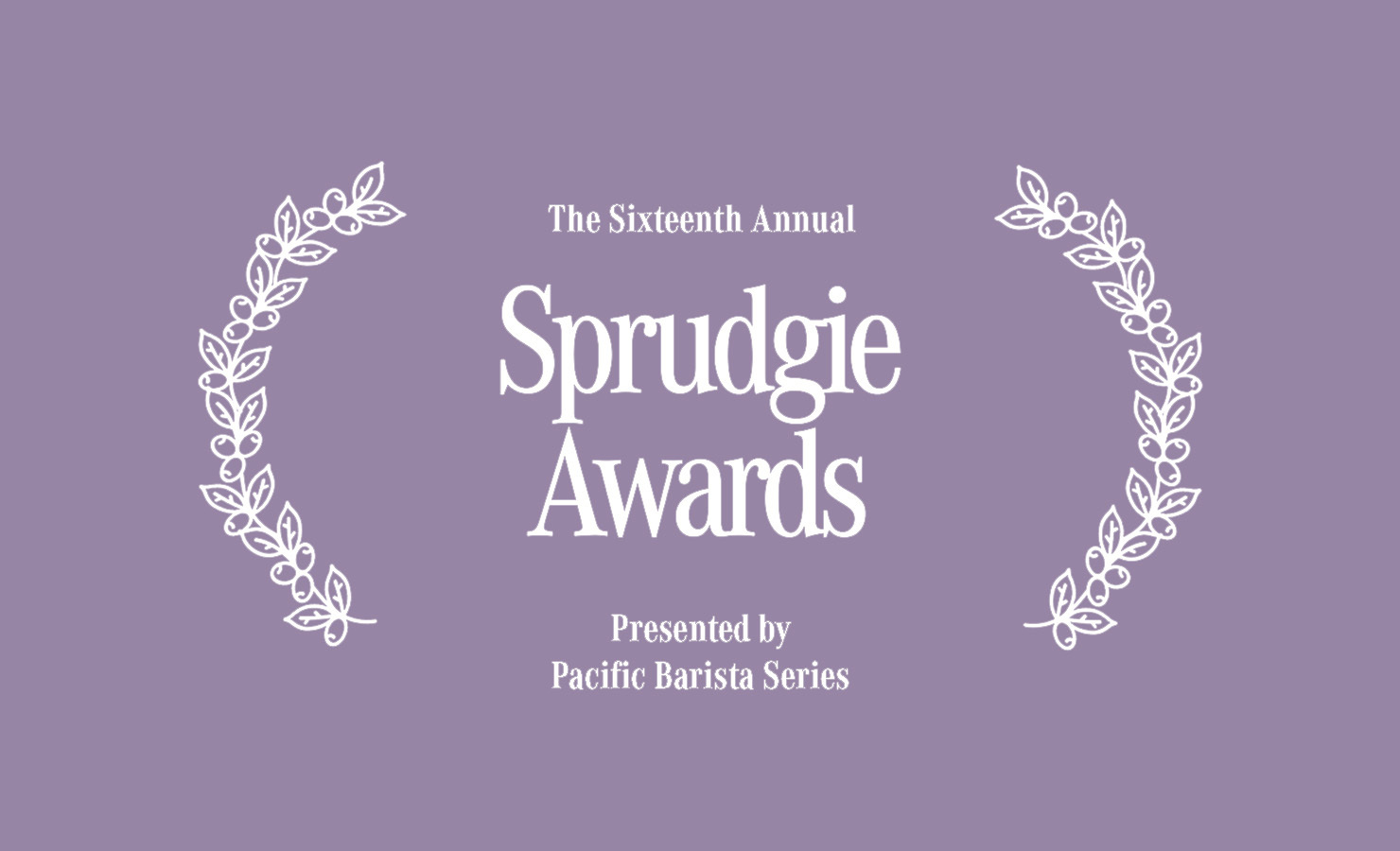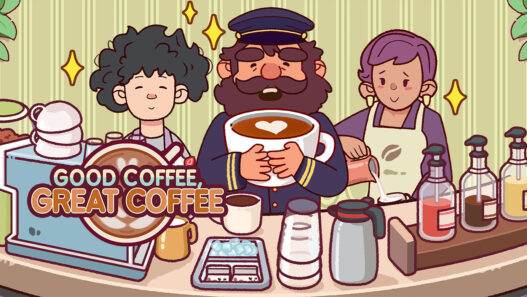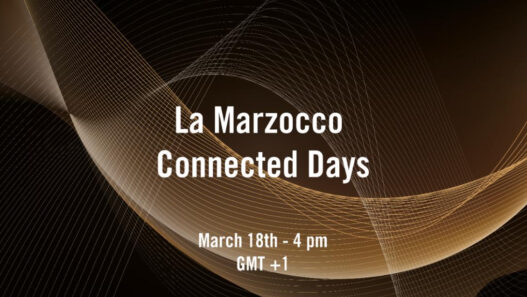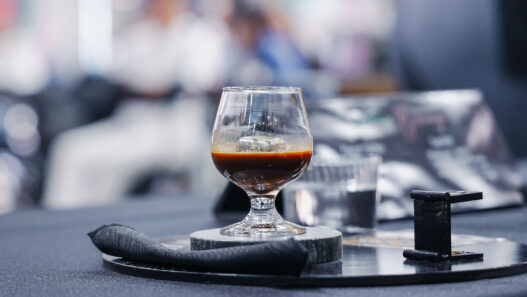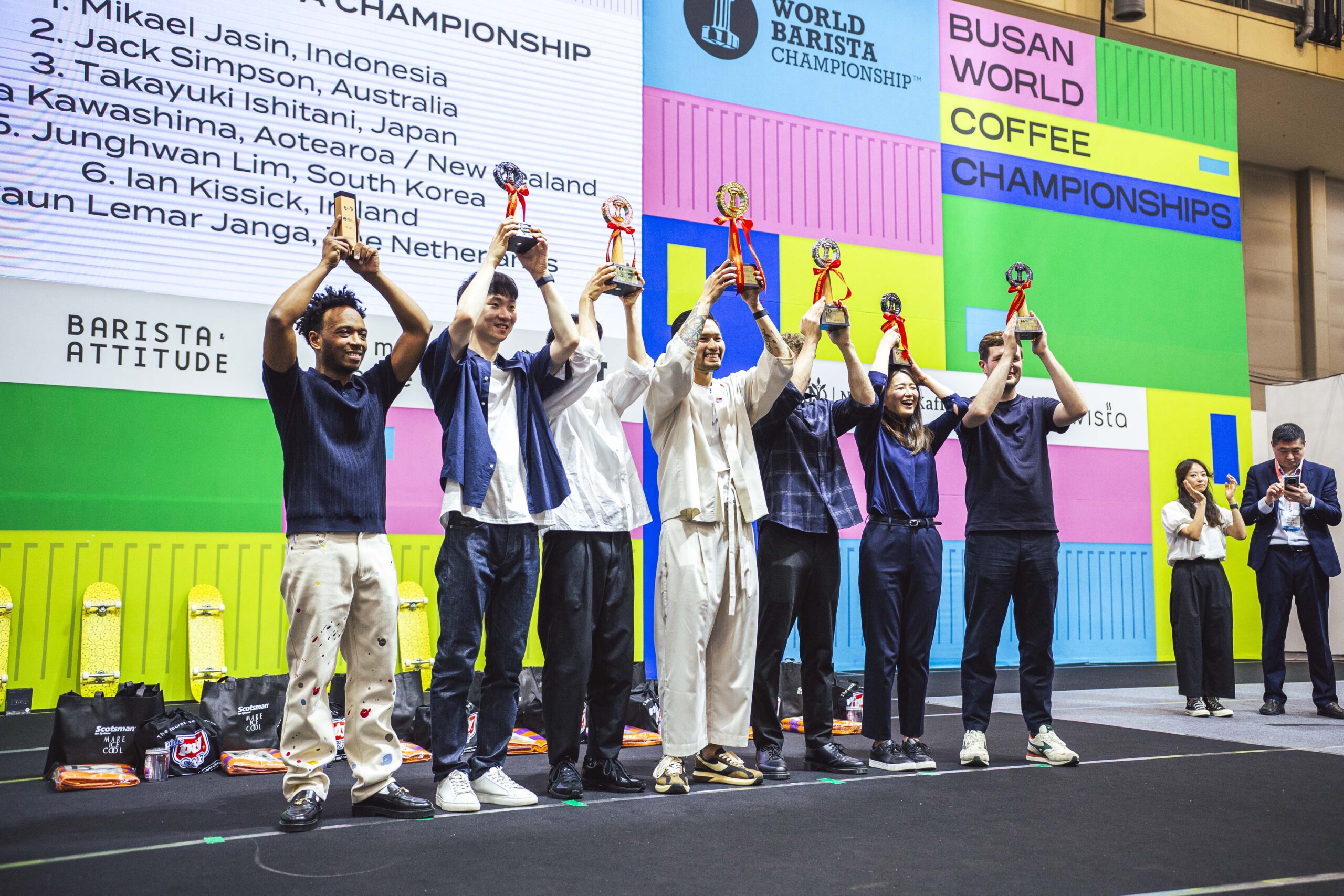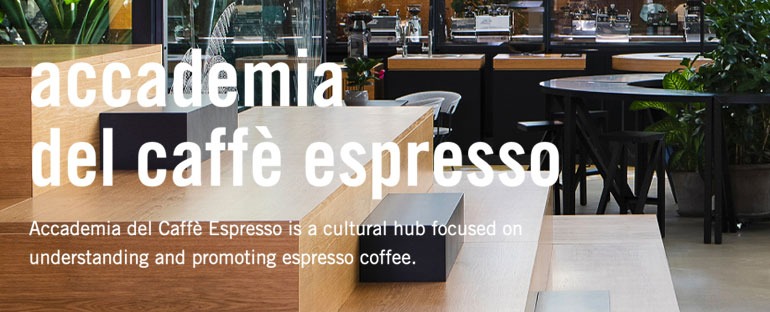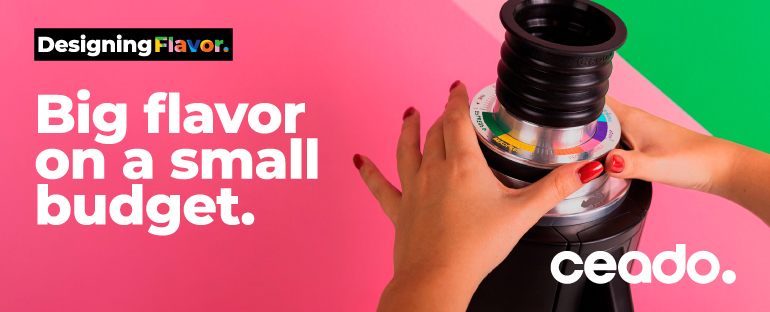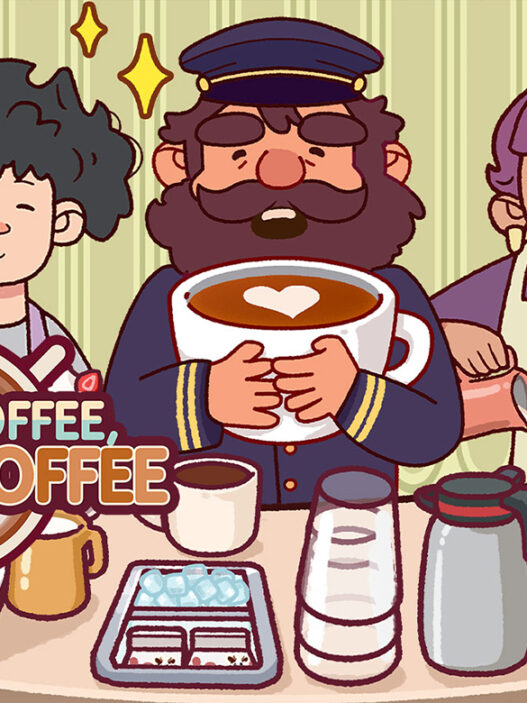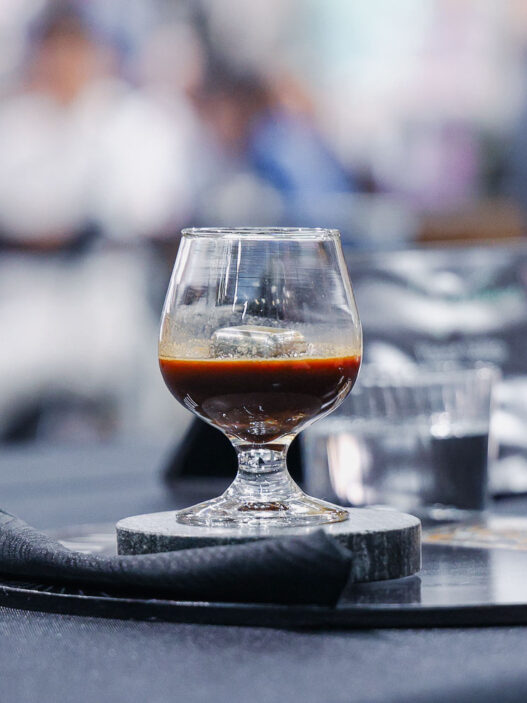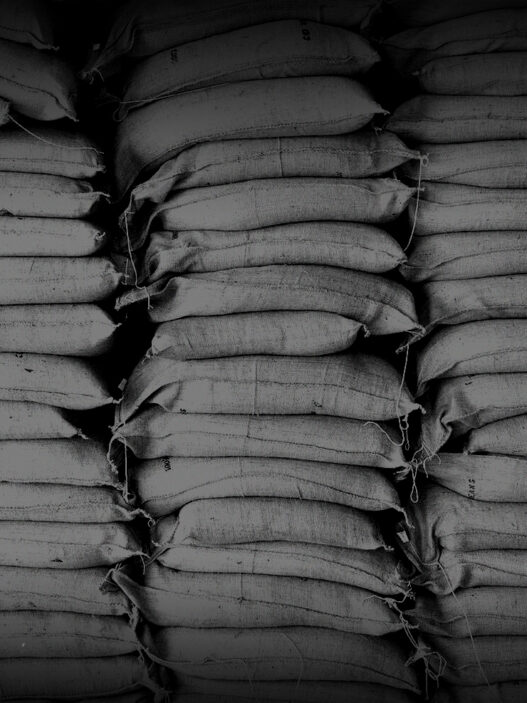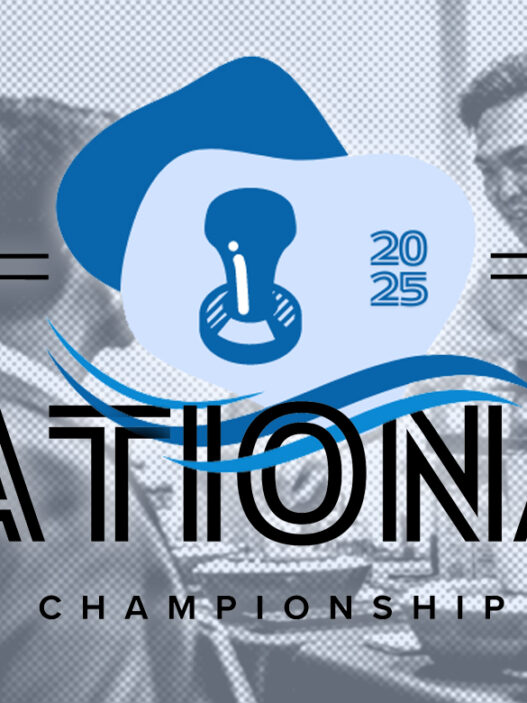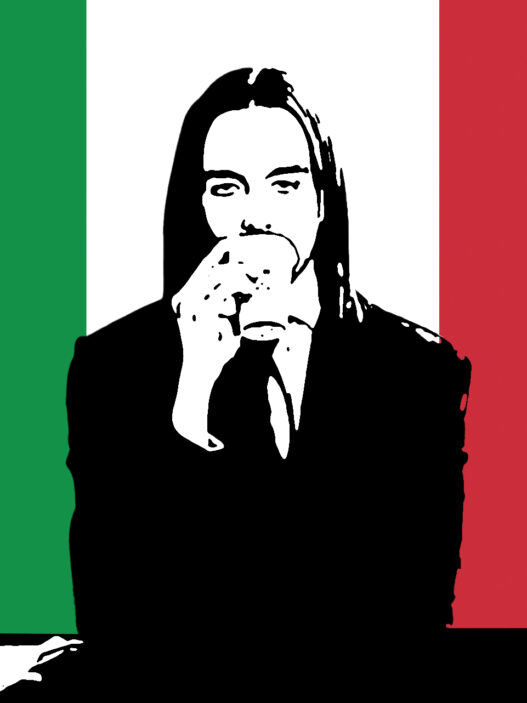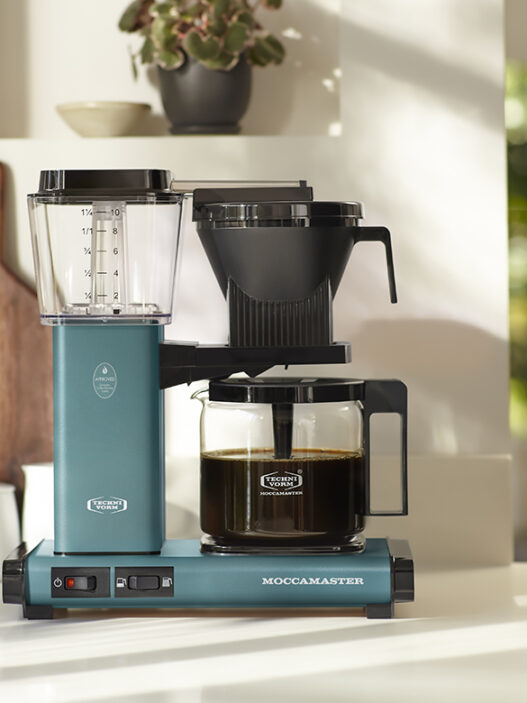That cold brew is so hot right now. Cold brew. Everyone loves it (except me, I’m on Team Iced Coffee), but not everyone loves making it. While the process is easy, it’s time-consuming, taking 24, sometimes even 48 hours to make. Until now. Researchers have found a way to implement ultrasonic waves to cut that time down to just three minutes. And they did it using an espresso machine of all things.
As reported by the New Scientist, the new study is the product of researchers from the University of New South Wales in Sydney, Australia whose findings will be published in the upcoming June edition of the journal Ultrasonic Sonochemistry. The research was initially undertaken to see if ultrasound could help extract more antioxidants out of a coffee, which it didn’t. But they discovered, almost by accident, that the resulting cup was surprisingly good.
With a shift in focus, the group set out to refine their method using existing espresso machines that come at a fraction of the £15,000 ultrasonic equipment they originally used. Pulling cold water through an untamped espresso puck, the researchers tested out different lengths of ultrasonic exposure to find the sweet spot. At one minute, the cold shot had “generally similar ratings to a 24-hour cold brew,” but with a decreased aroma intensity, “suggesting the cold shot may be under-extracted.” The three-minute shot improved the aroma comparable to that of the 24-hour cold brew, but with an increased bitterness, suggesting over-extraction. For this particular coffee, the researchers found the sweet spot somewhere in the middle.
According to the researchers, the ultrasonic waves work by “smashing up” the coffee grounds in a process referred to as “acoustic cavitation.” This, in turn, allows for an increased extraction rate in the shortened timeframe. One side effect of the process is that the drink is more opaque than traditional cold brew, due to how the ultrasonic waves emulsify the oils in the coffee.
“There’s nothing like it,” states study author Francisco Trujillo. “The flavor is nice, the aroma is nice and the mouthfeel is more viscous and there’s less bitterness than a regular espresso shot. And it has a level of acidity that people seem to like. It’s now my favorite way to drink coffee.”
So if you need a cold brew and you need it like yesterday, then shoot some ultrasonic sound waves at it. That’ll do the trick.
Zac Cadwalader is the managing editor at Sprudge Media Network and a staff writer based in Dallas. Read more Zac Cadwalader on Sprudge.







